Common Mistakes We Make When Cooking One of America’s Favorite Foods!
Bacon mistakes. That’s what a February Bon Apetit article was alerting us to: “Bacon is amazing. You know that. Bon Apetit knows that. But just because it's already the world's most perfect food doesn't mean it's invincible. There are some people out there committing truly heinous crimes against bacon. Don't be one of them. Avoid these common mistakes.”
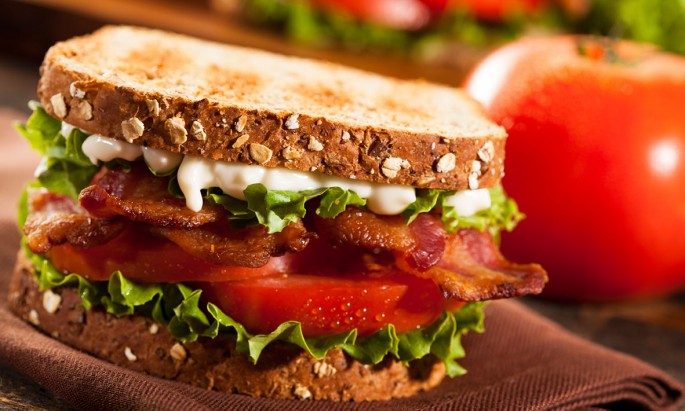
We’d just got a killer buy on bacon and were salivating over the thought of BLTs when I’d found this article. Talk about timing. Whew! I don’t want to make these mistakes anymore:
1. Using the Wrong Pan. Don’t bother with a nonstick pan. The high fat quantity of bacon makes whatever pan you use essentially nonstick. Aluminum pans are very thin and get ripping hot very quickly, making burnt bacon way too often. The Bon Apetit test kitchen staff likes well-seasoned cast-iron for cooking bacon. Not only does it conduct heat evenly (meaning no burnt spots), the bacon grease helps season the pan for future use. It's a win-win. But, if you don't have cast-iron [Alice: REALLY? No cast-iron pan? Who does that?], just be sure to set the flame to low or medium low, and move the pan around periodically to account for "hot spots."
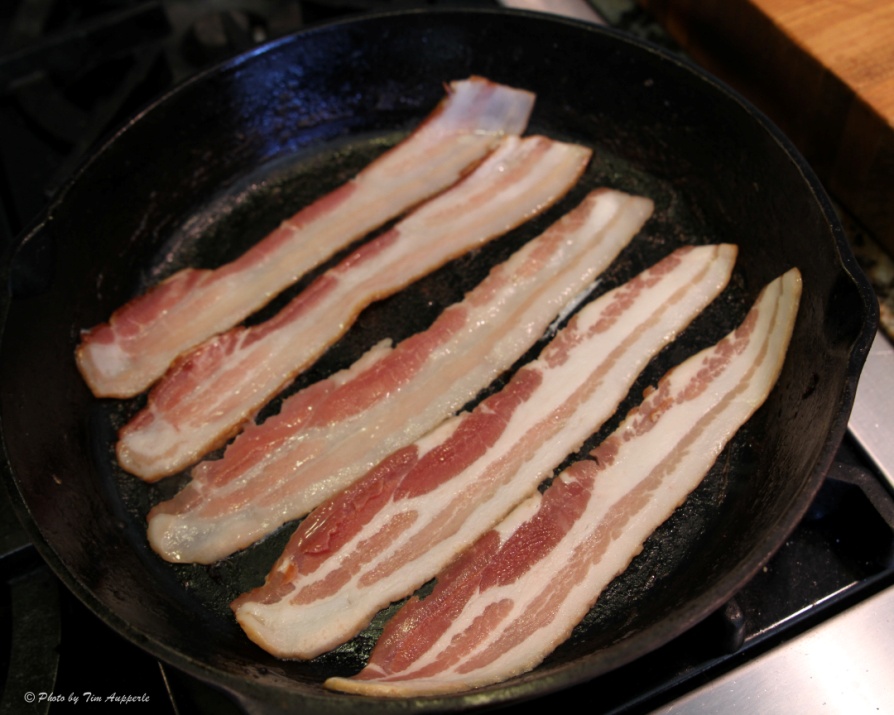
2. Starting with a Hot Pan. If you add bacon to a hot pan it will immediately seize up, sealing in all of that congealed, unrendered fat. Instead, lay the bacon flat in a cold pan and place it over a burner set to medium or medium-low. As the bacon heats up along with the pan, the fat will slowly liquify, making for bacon that's perfectly crisp.
3. Undercooking It. Wouldn’t you agree you’d tend to err on the side of "verging on overdone" rather than floppy, soggy strips? Me too, any day. The most common culprit of undercooking? Starting the pan too hot and fast (see: tip no. 2). It makes for a burnt exterior before the fat and rest of the meat has time to cook thoroughly.
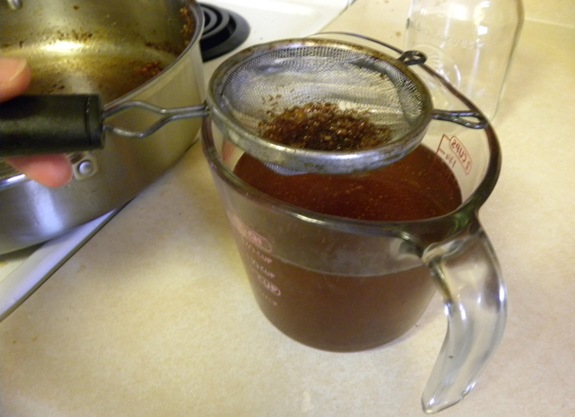
4. Not Straining the Grease. If you’re a bacon-eater, you likely save your rendered fat. But you might be skipping an important step: Straining the liquid fat through a fine mesh sieve before jarring and storing it in the fridge (it will congeal, but re-melts when heated). You want to strain out any burnt or crispy bits because when you re-use the bacon fat those bits will add a bitter flavor to roasted vegetables or cookies (yes, cookies). Discard those bits.
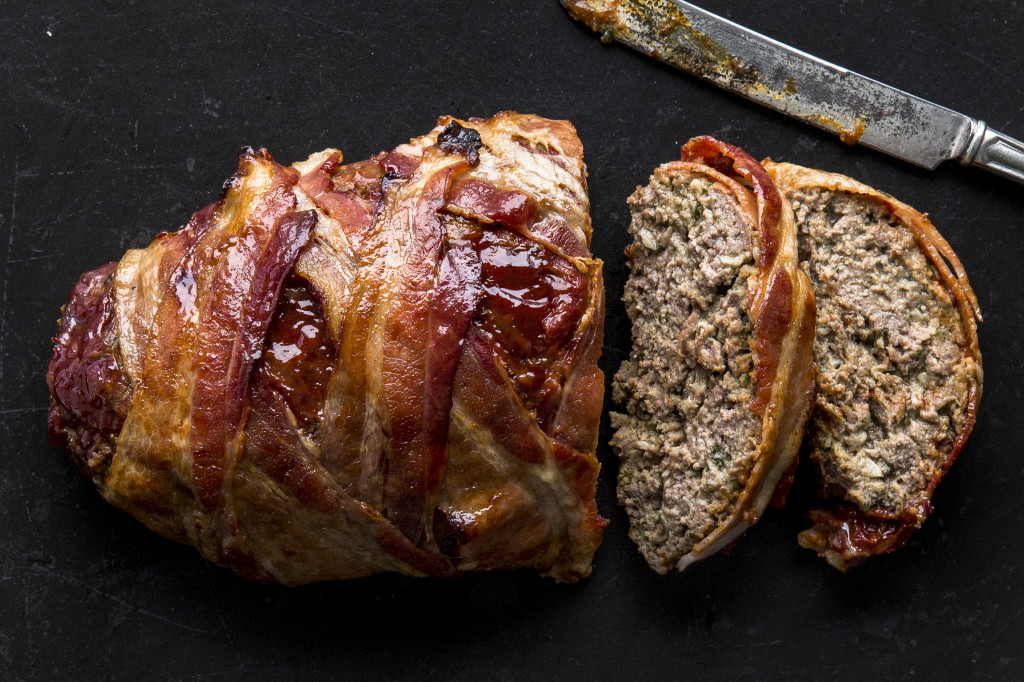
5. Not Accounting for the Saltiness. If you're cooking with bacon (in a meatloaf or baked beans, for instance), remember this important fact: Bacon is inherently salty! While this fact doesn't mean you should skip the salt completely, keep in mind that you're starting with an aggressively seasoned element. Start out on the skimpy side with salt, taste as you go, and adjust accordingly. Remember, salt can always be added at the very end prior to serving, or even at the table while dining.
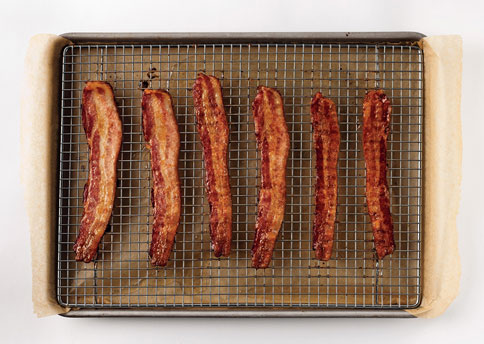
6. Microwaving It. Please don't. No bacon deserves this. If you don't have enough room on the stove top, then cook the bacon in a moderately hot oven (around 400˚). Just drape it on a rack set over a sheet pan to catch the grease. It may take a little longer, but you won't get that weird, rubbery texture that only microwaving creates.
Don’t know about you, but I can’t thank Bon Apetit enough for this life-changing information. I’ve been making a few of these mistakes for years! Now let’s finish with a recipe for that business mentioned above regarding adding bacon to cookies. Bon Apetit’s associate web editor, Rochelle Bilow, has been adding bacon to cookies for a long time and considers them a wholesome breakfast food. They’re basically granola—in a hand-held, softer, infinitely more-dunkable form.
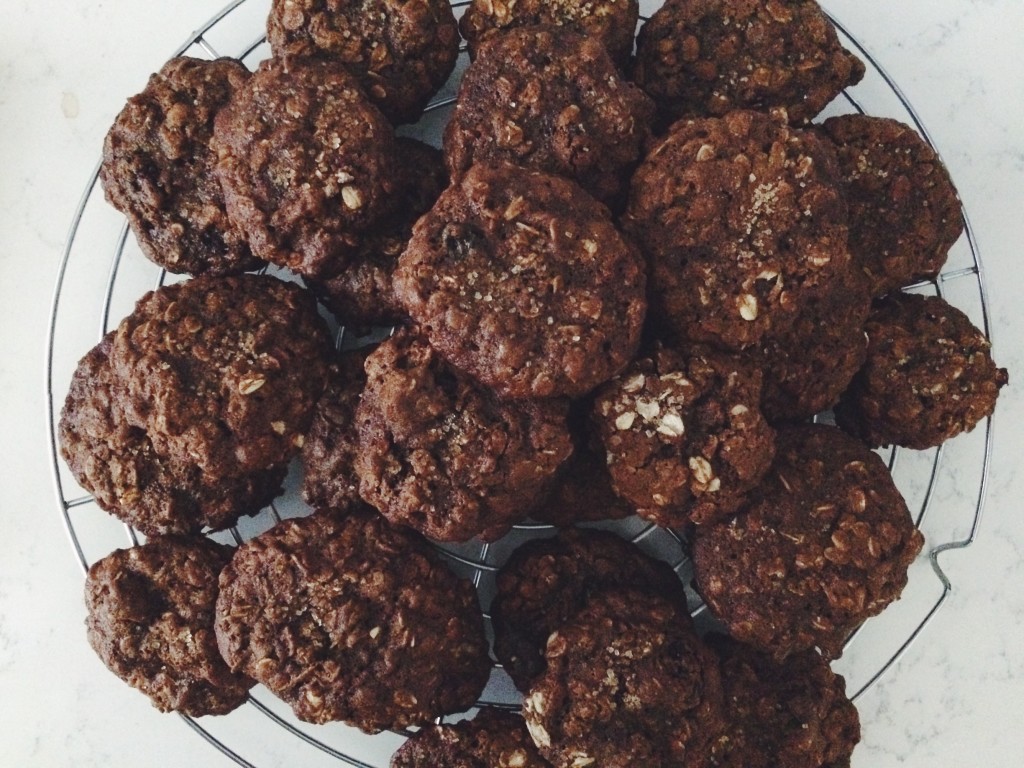
BACON BREAKFAST COOKIES
¼ cup butter, at room temperature
¼ cup rendered bacon drippings, at room temperature
2/3 cup brown sugar
2 large eggs
¼ cup molasses
½ teaspoon vanilla extract
1 ½ cups old-fashioned oats
1 cup cake flour
½ teaspoon ground cinnamon
1 teaspoon baking powder
½ teaspoon baking soda
Pinch kosher salt
¾ cup raisins
¼ cup chopped dates (OR dried cranberries)
Preheat oven to 350°F. Using an electric mixer, beat the butter, bacon grease, brown sugar until very fluffy and pale in color. Add eggs, molasses, and vanilla extract. Using a wooden spoon, stir in oats, flour, cinnamon, baking powder, baking soda, and salt. Remember that the bacon grease will taste a little salty, so go easy on the kosher salt. Lastly, stir in raisins and chopped dates (or dried cranberries). NOTE: You can add crumbled bacon if you’d like too, but this can be overpowering. The bacon grease is just the right amount of funky.
Bake in tablespoon-sized chunks on a cookie sheet lined with parchment paper for 16-18 minutes, rotating the trays halfway through. Remove from the oven once golden-brown and let cool on a baking rack…if you have that kind of willpower. These keep well for a few days and also freeze like a dream, so it’s worth making a double batch.
- www.freshcitymarket.com
- www.whatsonmygrill.com
- www.hobbiesonabudget.com
- www.bonapetit.com
 Alice Osborne
Alice Osborne
Weekly Newsletter Contributor since 2006
Email the author! alice@dvo.com
